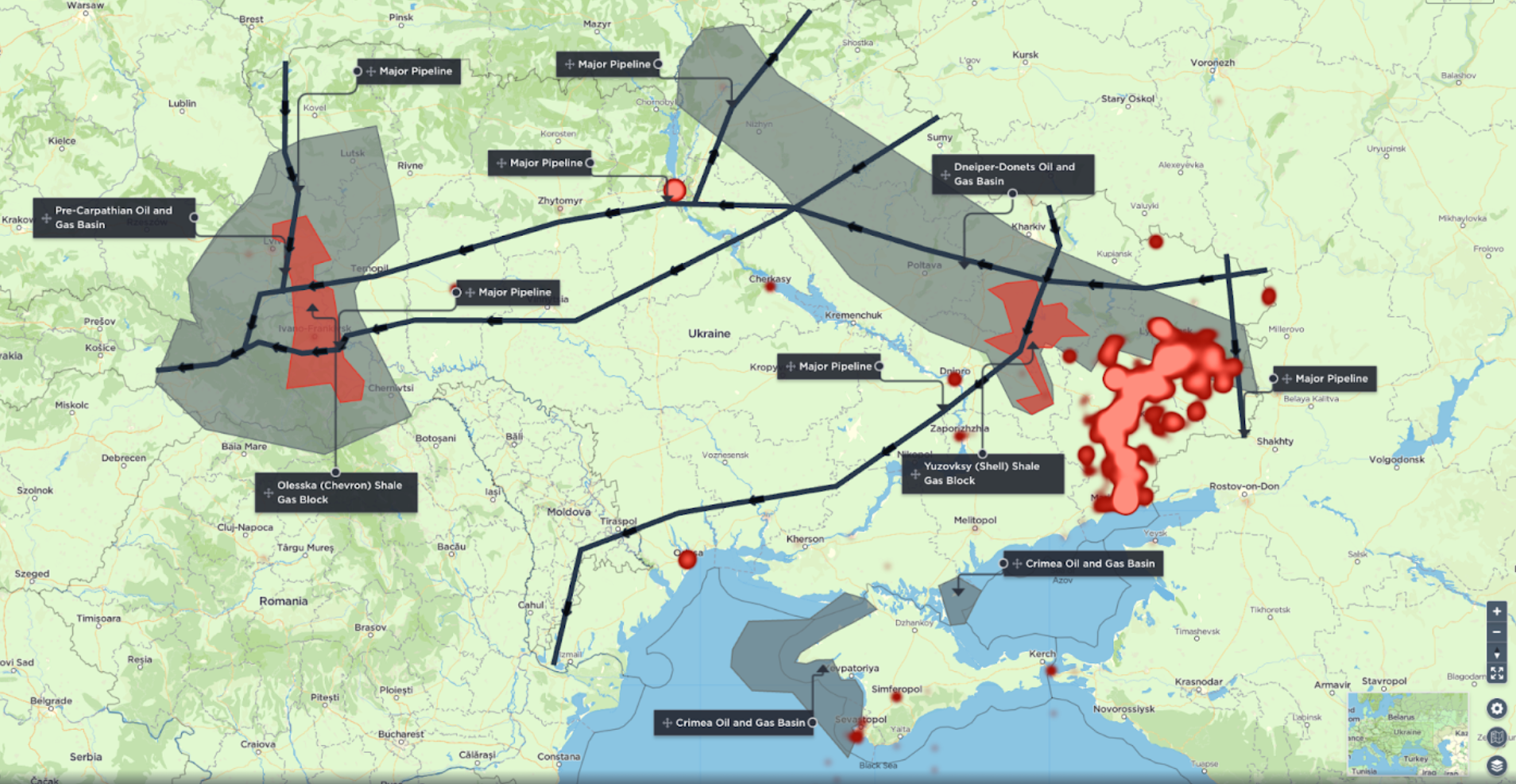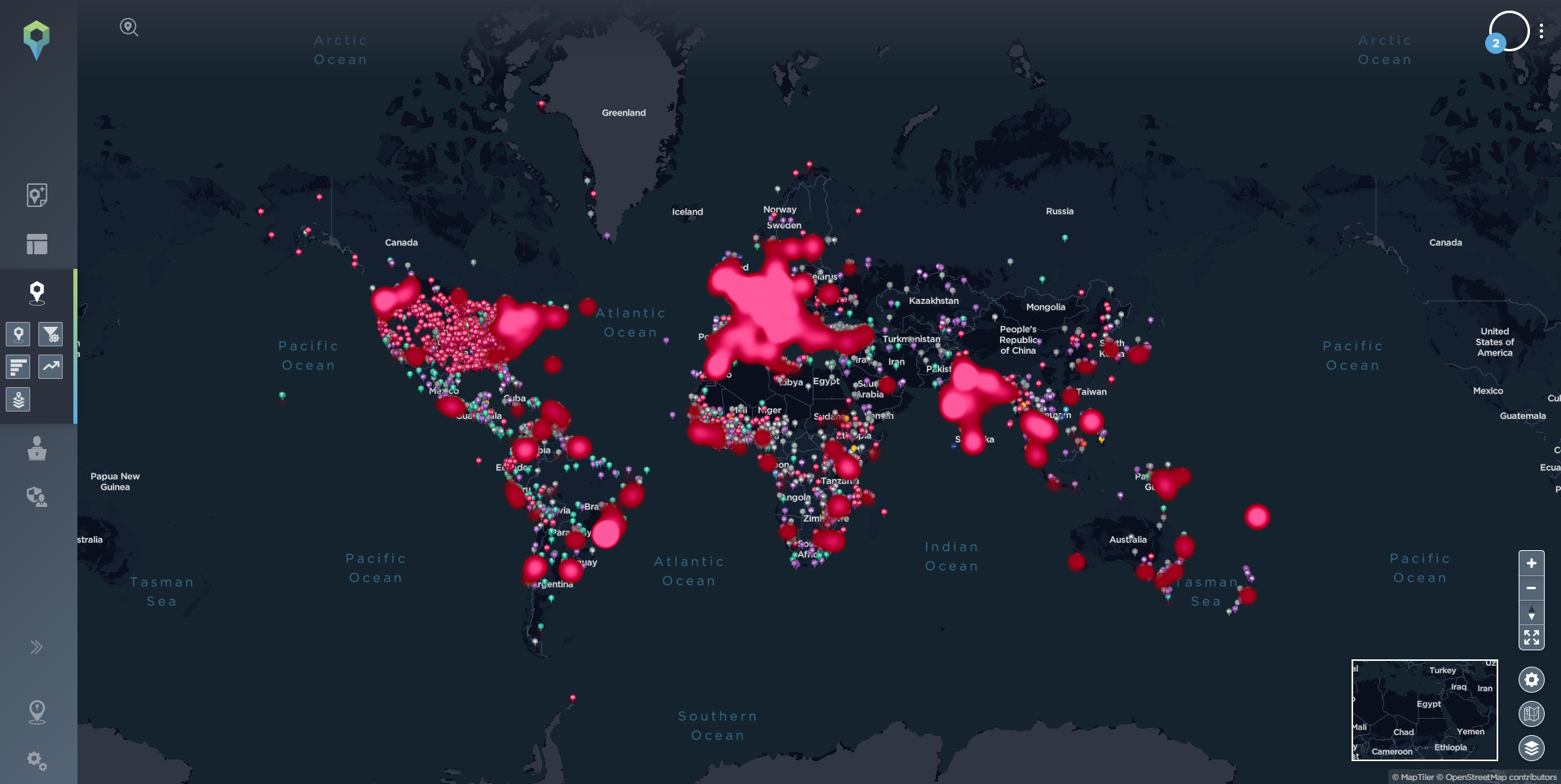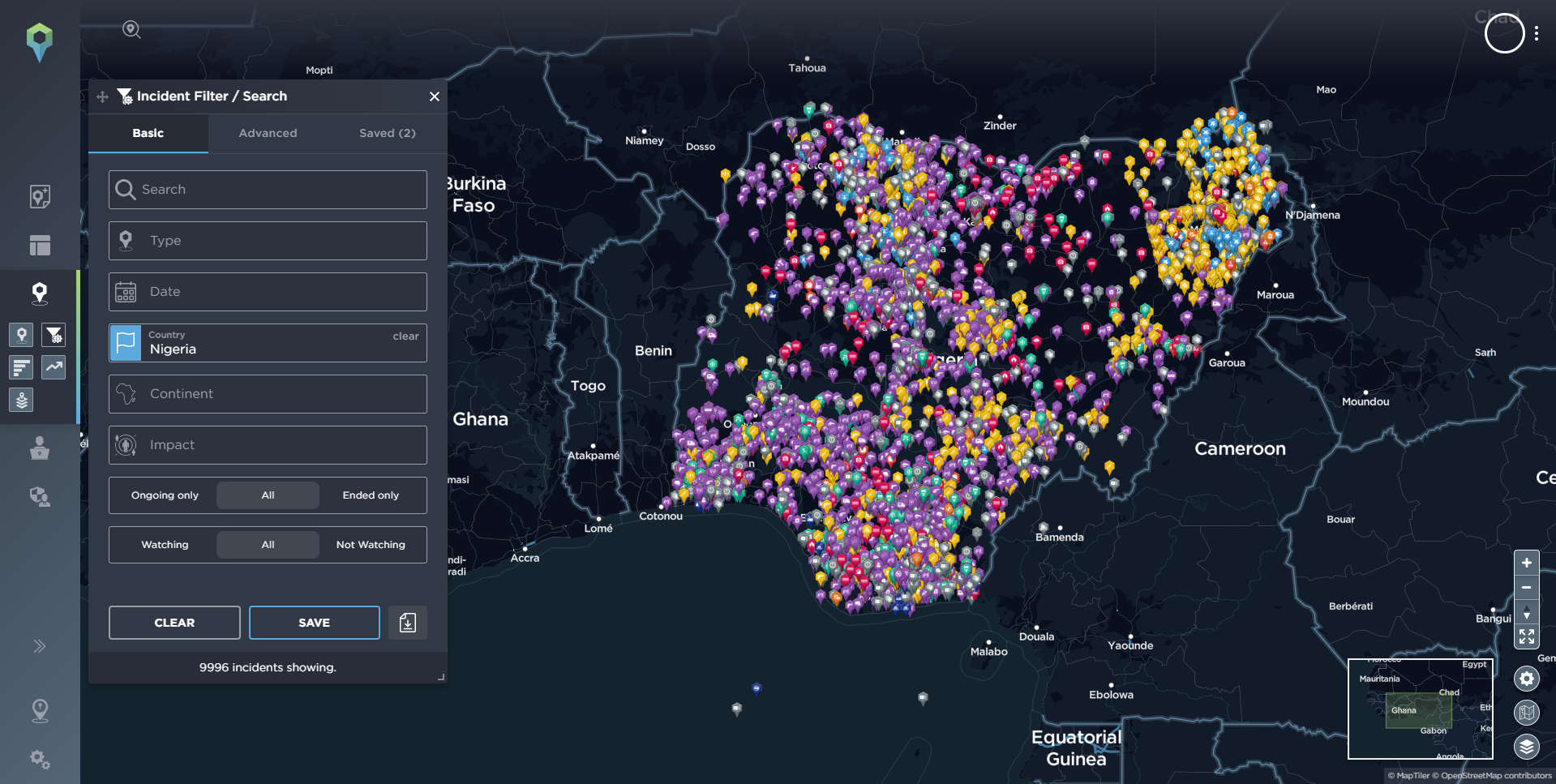Nord Stream 2 Pipeline Geopolitics and Russia-Europe Relations
How the Nord Stream 2 pipeline could transform Russia's relationship with Europe by giving it a significant economic advantage over the European continent.
Speaking at the recent Russian Energy Week in Moscow, President Putin denied claims he is weaponising Russia’s natural gas supplies, adding that Russia’s state-owned Gazprom is ready to increase natural gas supplies to Europe once regulators in Germany approve the pipeline. These remarks have come at a time where numerous incidents regarding natural gas and the Nord Stream 2 pipeline have been logged by Intelligence Fusion – some of which are displayed in Figure 1 below which include allegations of gas supplies already being dramatically affected.
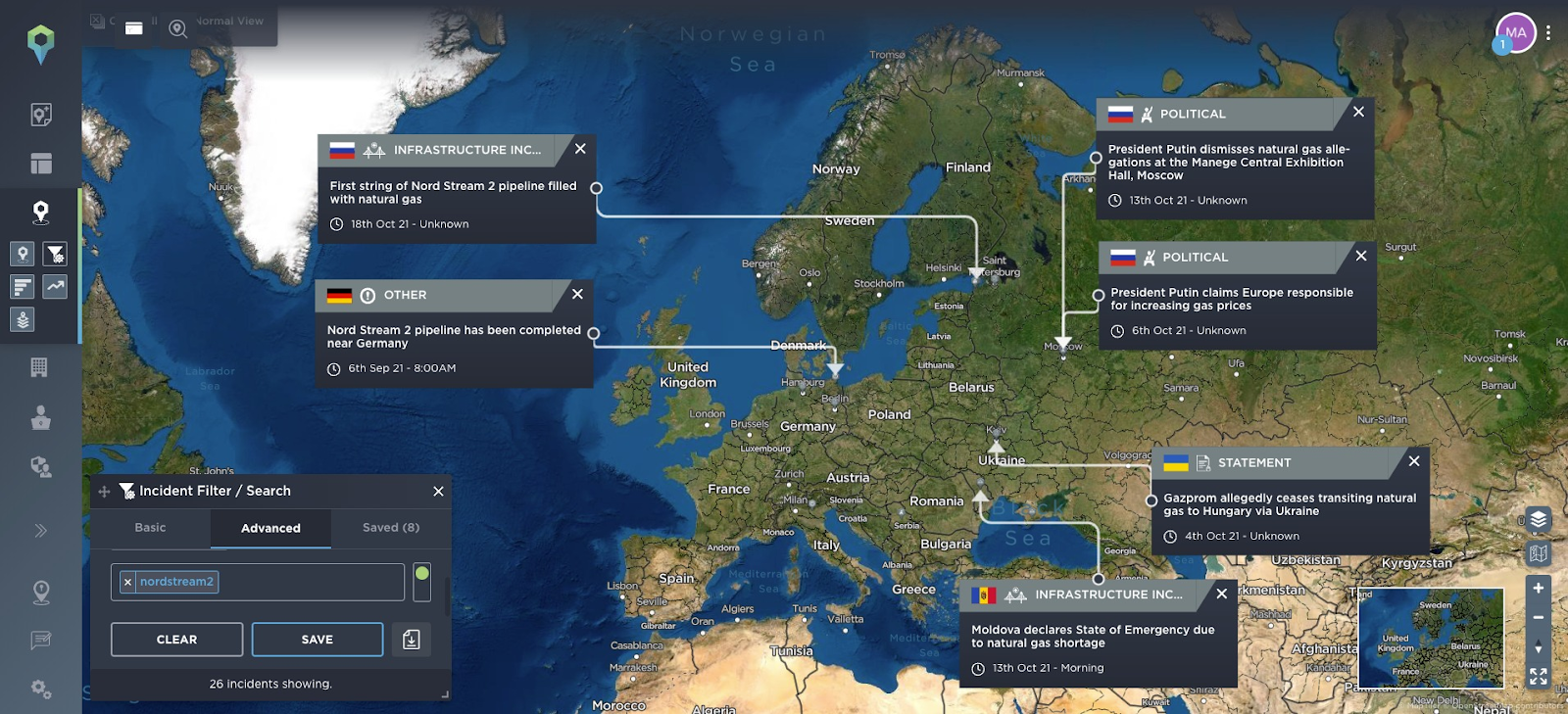
Figure 1 – Incidents relating to the completion of Nord Stream 2 pipeline construction as of 26th October 2021 (Source: Intelligence Fusion)
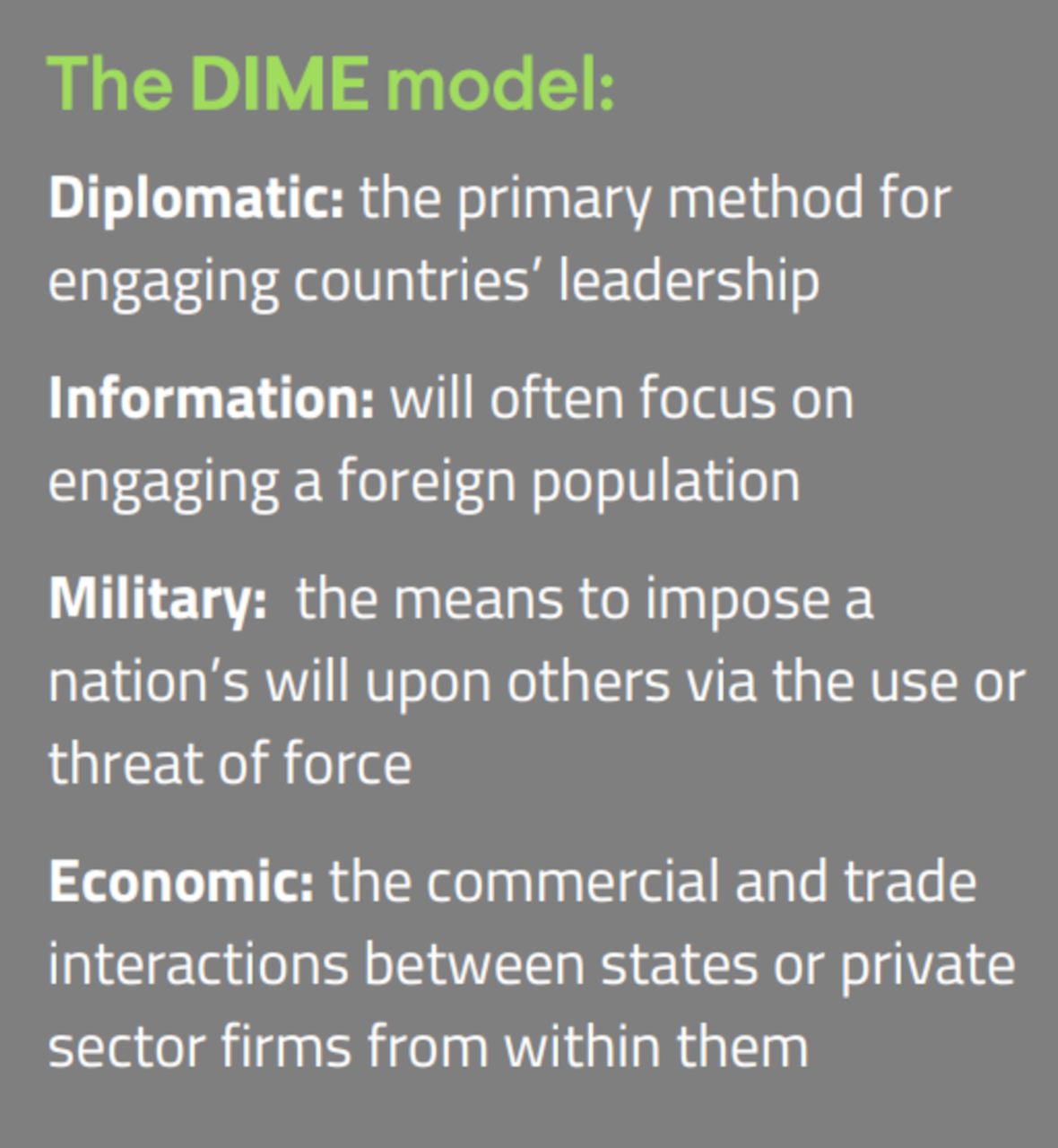
The Nord Stream 2 pipeline – combined with wider natural gas pipelines from Russia – undoubtedly provides a significant economic advantage for Russia’s geopolitical interests when considering the four instruments of national power; Diplomatic, Information, Military and Economic – or DIME. Through taking a closer look at incidents relating to Russia’s DIME instruments, this report aims to expand on prior analysis of Nord Stream 2 in order to determine what is happening, what it means and what could happen next with regards to the completion and upcoming operation of the Nord Stream 2 pipeline.
Diplomatic
As shown in Figures 2 and 3, there have been numerous incidents in 2021 showing Russia engages in espionage via its diplomats and military attaches; this comes as no surprise and such activity doesn’t just date back to the Cold War but is a foundation of international relations. European countries appear willing to declare these officials ‘persona non grata’ and expel them upon them being discovered. As shown in Figure 3 below, the Russian government appears to be reciprocating these actions when their officials are caught engaging in espionage or activities which are close to it. Alongside these incidents are numerous sanctions limiting diplomatic engagements with the Russian government, entities and high-ranking Russian nationals and restricting access to European countries.
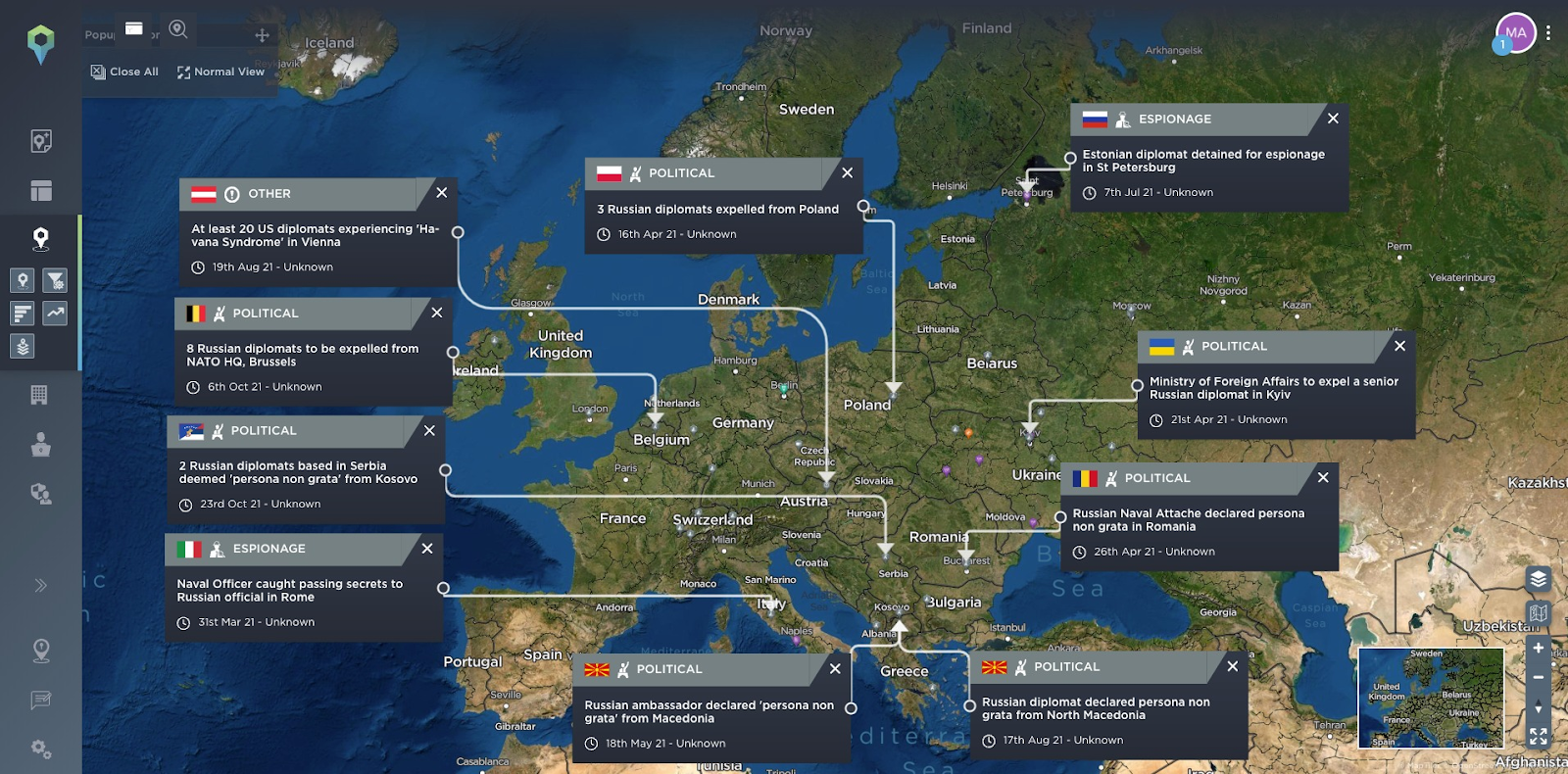
Figure 2 – Significant diplomatic incidents across Europe relating to Russia as of 26th October 2021 (Source: Intelligence Fusion)
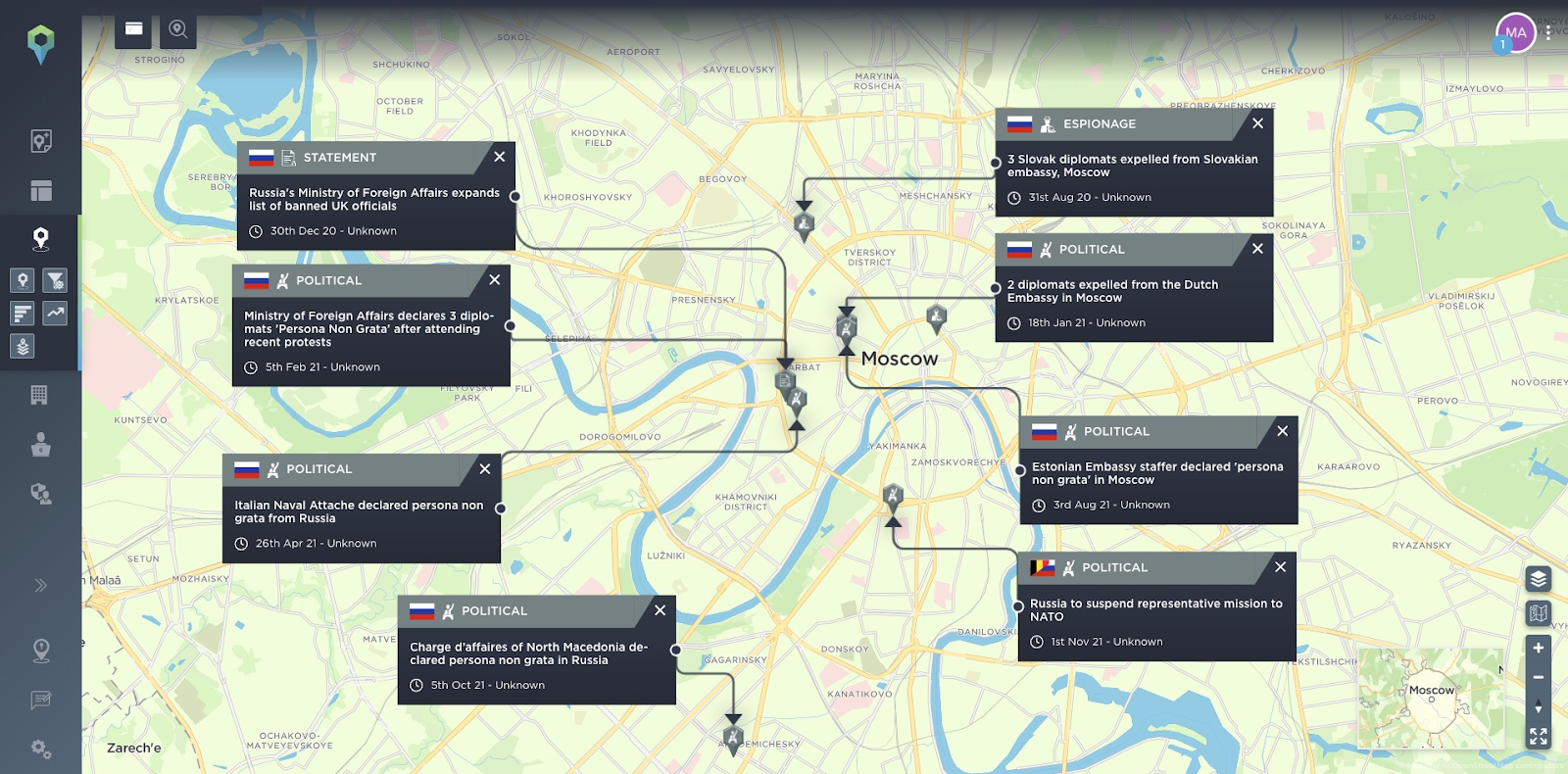
Figure 3 – Significant diplomatic incidents within Moscow, Russia as of 26th October 2021 (Source: Intelligence Fusion)
COMMENT. It would appear that Russian espionage – while wide ranging and relentless – is an activity which European countries are willing to publicly disclose and act against regardless of the Russian government’s retaliation. It would appear that many European countries are not concerned about Russian retaliation when it comes to its espionage activities in the diplomatic sphere. COMMENT ENDS.
Information
Figure 4 below displays examples of Russian or Russia-backed activities in the information sphere across Europe as of 28th October 2021. Various open source reports show that Russia continues to engage in cybercrime/cyberespionage across the continent along with utilising bot-farms which aim to create divisions among populations through large amounts of fake accounts on social media platforms.
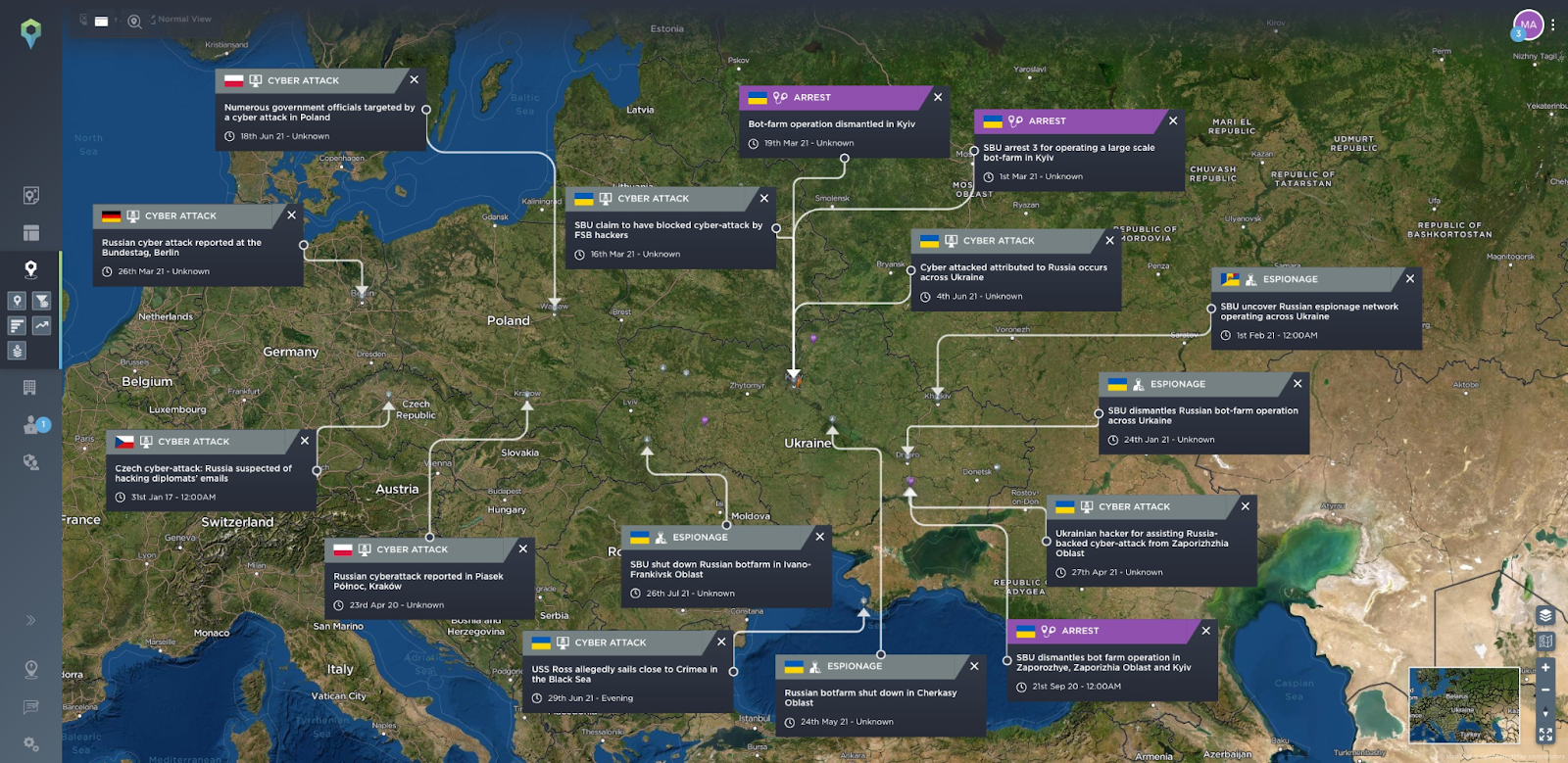
Figure 4 – Available Russia-linked Information incidents across Europe as of 28th October 2021 (Source: Intelligence Fusion)
COMMENT. While these activities can have devastating, wide-ranging effects, there are options for countries across Europe to counter them. Efforts such as improving cybersecurity, developing offensive cyber capabilities to be used against Russia and continuous efforts to locate and shut down bot-farms can all be utilised to counter Russia’s information activities. COMMENT ENDS.
Military
Activities related to Russia’s Military instruments are the most reported based on open source information. As shown in Figure 5, Russia continues to engage in hostilities via its proxy forces in the Donbass region. On a daily basis, there are incidents of direct and indirect fire, sightings of various armour, artillery and anti-aircraft assets, electronic jamming of OSCE UAVs (although the same is done by Ukrainian forces), as well as posturing such as hostile statements on Ukraine’s efforts to join NATO and receive military support, exercises with Belarus near the Polish border, rapid mobilisation drills along Ukraine’s border and within occupied Crimea, in addition to continuing to unveil new military assets which are claimed to provide significant advantages over Western Military capabilities.
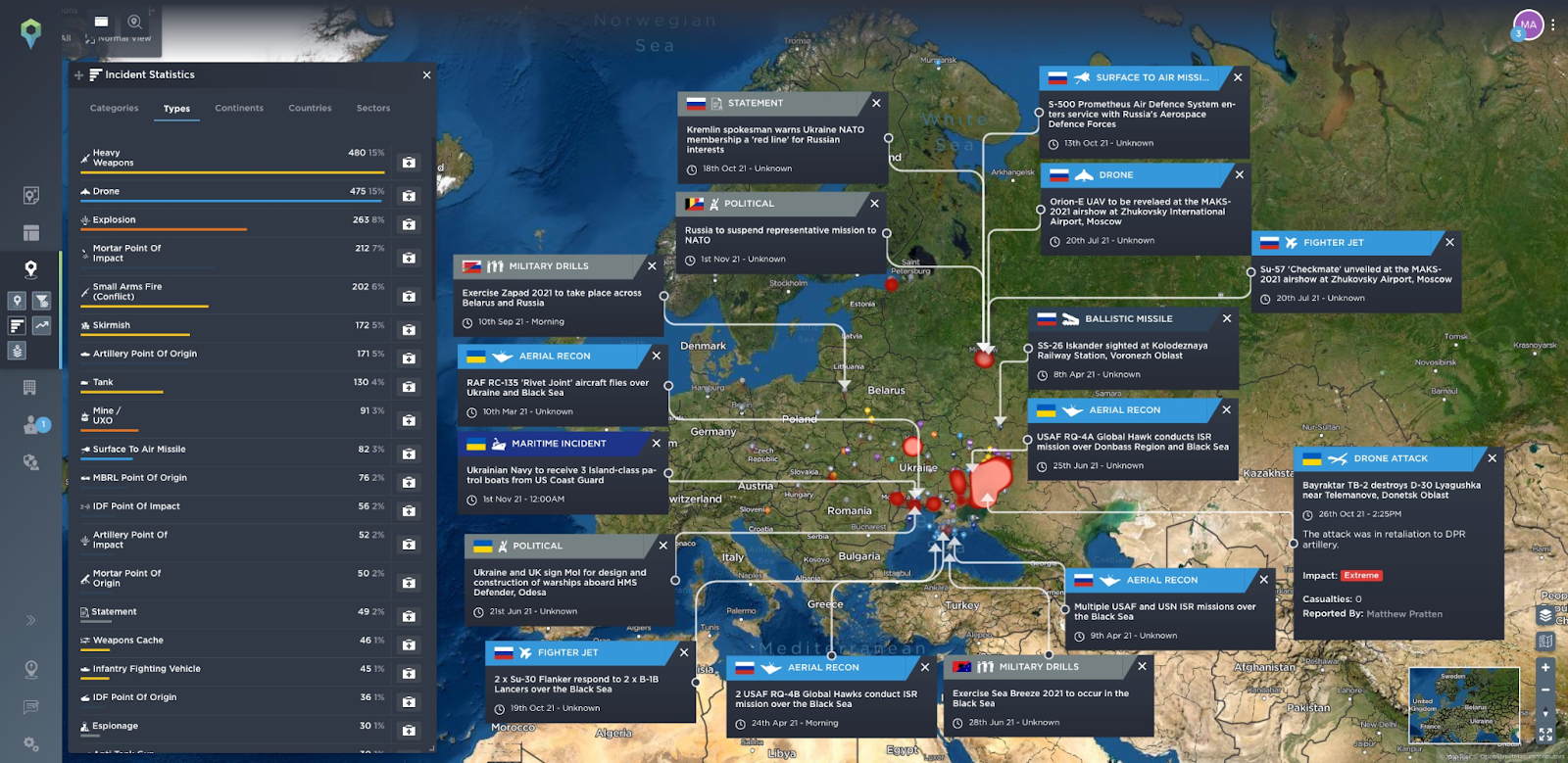
Figure 5 – Significant incidents and statistics relating to the Donbass conflict as of 28th October 2021 (Source: Intelligence Fusion)
COMMENT. Military-related incidents are the most profound example of an ongoing trend about Russia’s instruments of power; more so than what is shown in its Diplomatic and Information instruments. Russia constantly uses Military power to further its interests. However, European countries and the United States continue to counter these efforts through providing military support to Ukraine (who continue to hold Russian proxies at their positions in Donbass, most recently shown by their successful air strike with newly acquired Bayraktar TB-2 UAVs. This strike was carried out despite the large amount of electronic warfare assets which Russia has within and around the Donbass region).
External support to Ukraine is largely through providing weapons, equipment and training along with holding joint exercises regardless of nearby Russian forces in the Black Sea as well as conducting strategic level ISR missions over the region. In addition, reports from observation within the Donbass region indicate Ukrainian tactics, techniques and procedures have been dramatically changing to encompass non-conventional warfare alongside conventional warfare.
Similar to the Diplomatic sphere, sanctions have also been applied against Russia by the EU and the UK too. These sanctions are in response to Russia’s invasion of Donbass and Crimea. The sanctions in place include bans on exporting dual-use goods to Russia, trade embargoes on military goods and technology along with prohibiting the enabling or facilitating of military related activities. While Russia is very active in this sphere and has numerous – and supposedly increasing – capabilities, there are just as many available options to counter such activities. COMMENT ENDS.
Economic - The Impact of Nord Stream 2
Unlike Diplomatic, Information and Military spheres, Economic instruments of power are where the situation is quite different. Natural gas is one of Russia’s top exports and it is in increasing demand across Europe, who are net importers of natural gas. As shown in Figure 6, Russia already has numerous pipelines travelling to Europe via the Baltic Sea, overland routes through Eastern Europe and, in a similar fashion to the Baltic Sea, two lines travelling to Europe via the Black Sea and Turkey. When it comes to overland routes (Yamal-Europe, Brotherhood and Trans-Balkan pipelines), Russia pays transit fees to Eastern European countries along with supplying a vital source of energy. The transit fees are often vital streams of revenue for the Eastern European governments. Previous analysis pointed out that Ukraine receives over USD 1 billion/year from Russian natural gas pumping through Ukraine to wider Europe. Even without Nord Stream 2 operating, natural gas can already be exported directly to Europe in quantities which can satisfy demand with a high degree of resilience. Each of these three areas mitigates the impact of any issues which may arise among them.
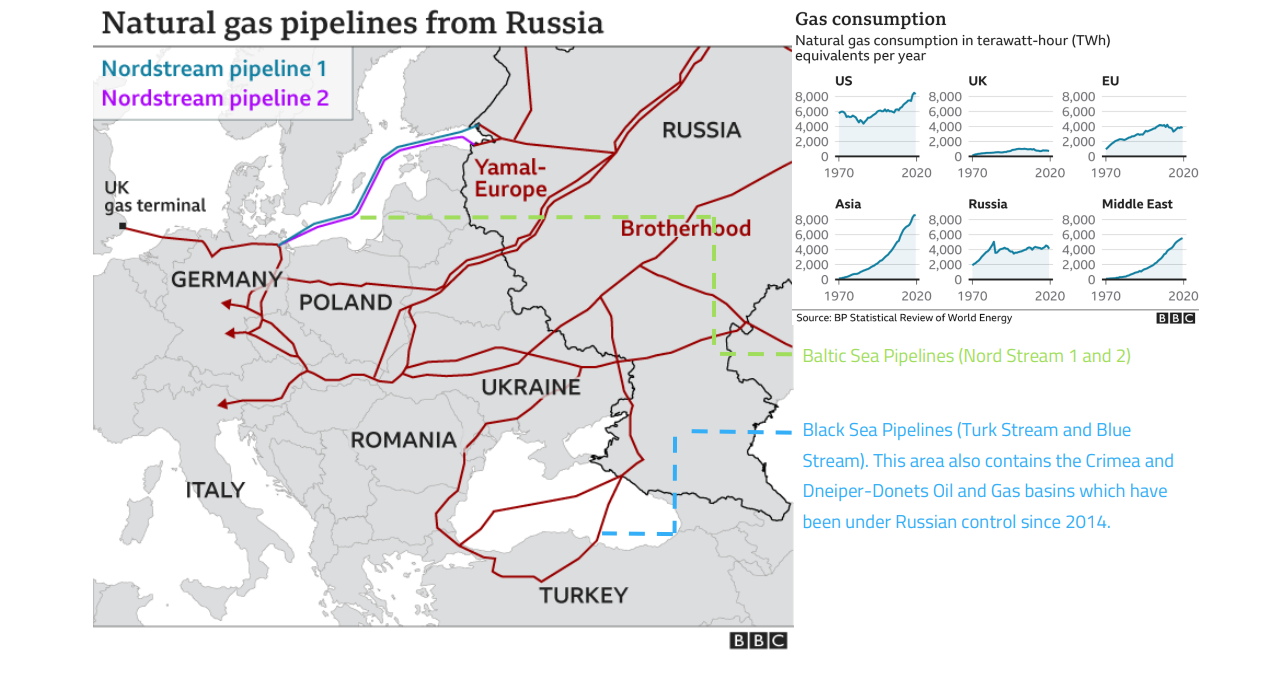
Figure 6 – Russian natural gas pipelines to Europe and natural gas consumption figures (Source: BBC)
Another consideration is Europe’s wider natural gas sources and infrastructure. As shown in Figure 7, Russia does indeed have the largest supply, but Europe does have vast quantities of its own and can access supplies within the Aegean, Adriatic, Ionian, North and Mediterranean Seas. Further supply resilience is achieved with accessing supplies from Algeria and Libya.
Figure 8 below provides an indicator as to why natural gas sourced from Russia is more attractive than domestic and other nearby supplies: climate change activism. Open source reporting on protests actions across Europe constantly feature protests and direct actions from groups such as Extinction Rebellion, Fridays for Future, Climate Strike and Greenpeace. These groups constantly target mining and natural gas firms along with banks and construction firms – Royal Dutch Shell, BP, Credit Suisse, Eni, Repsol, HSBC, Barclays Bank are just a few examples. These activists hold these companies responsible for climate change and go out of their way to disrupt their operations by any means they deem necessary. Such activities currently appear to be increasing, suggesting climate change activists are becoming emboldened in their rhetoric and actions. Their activities make the business environment for European energy firms and affiliates difficult to operate in – and Figures 8 and 9 below point out an additional factor towards the attraction of Russia-sourced natural gas.
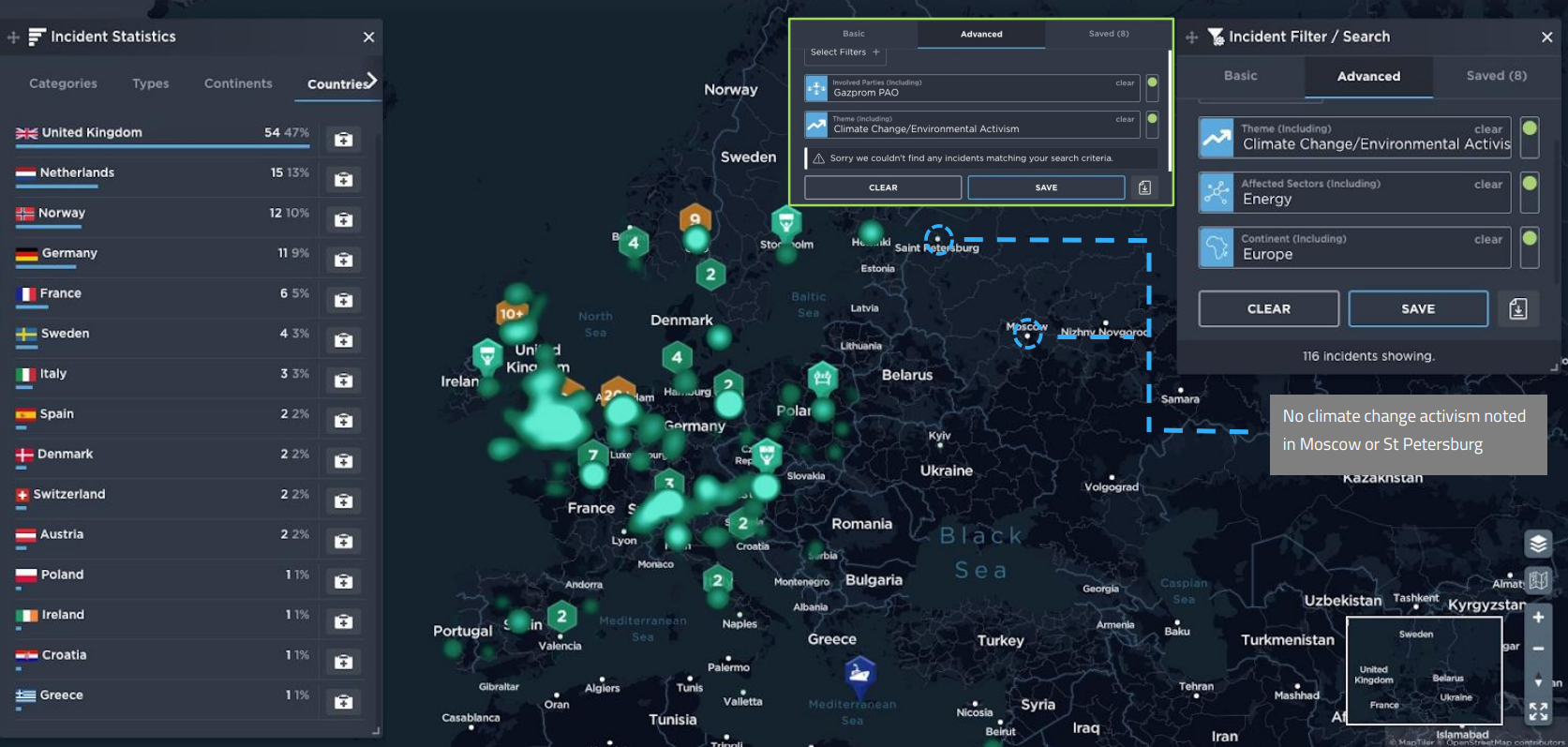
Figure 8 – Incidents relating to European climate change activism as of 26th October 2021 (Source: Intelligence Fusion)
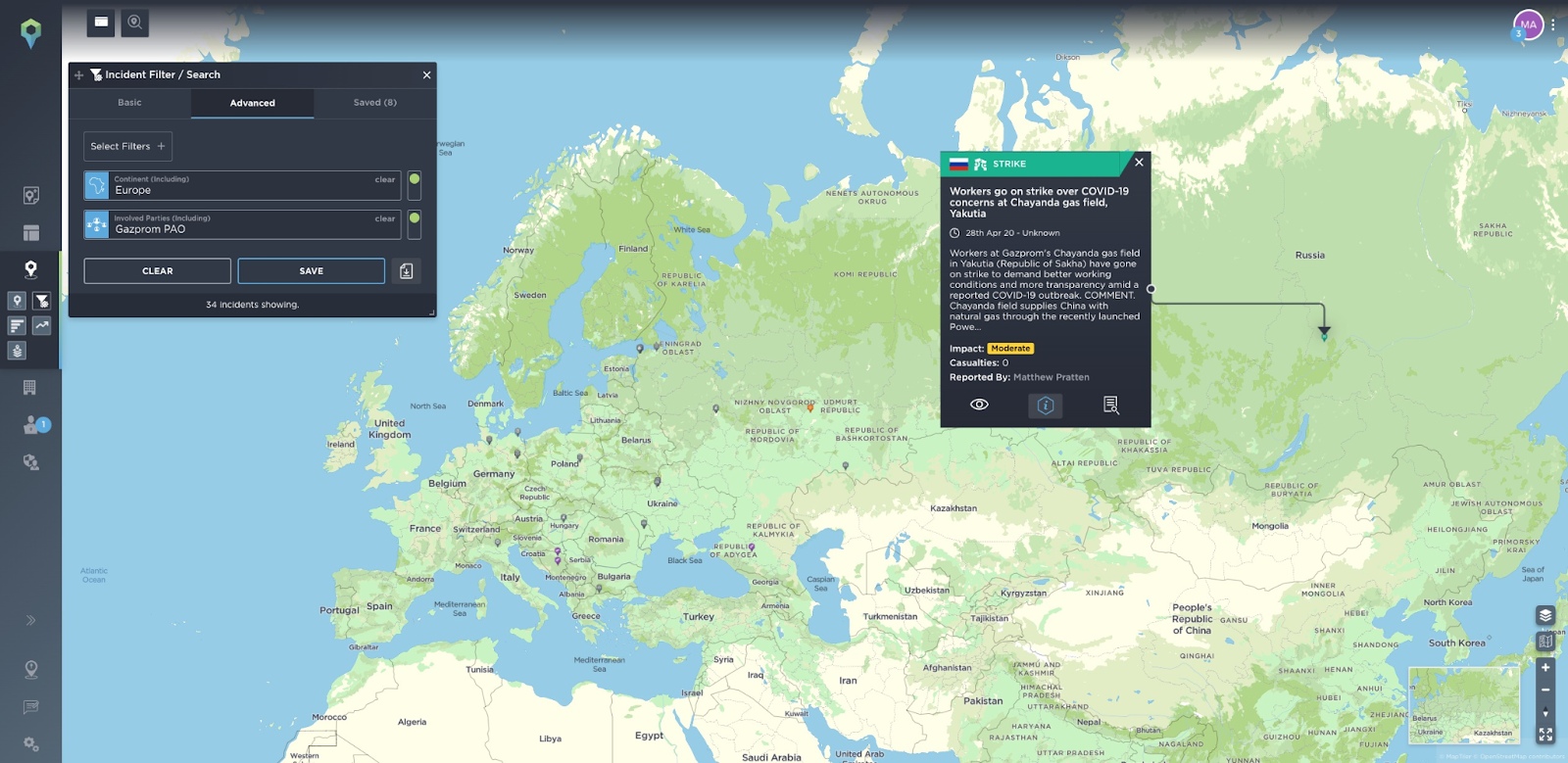
Figure 9 – Incidents relating to Gazprom as of 28th October 2021 (Source: Intelligence Fusion)
COMMENT. As shown in Figures 8 and 9, climate change activists do not appear to target Gazprom anywhere across Europe and do not not carry out any protests at all in Russia. The only kind of protest targeting Gazprom found so far is a strike occurring at one of its production sites in Siberia. Whatever the reason(s) for such an absence, Russian natural gas from Gazprom appears to be an attractive source of much needed energy – it is directly available through multiple lines and does not appear to be subject to the same regulations as European firms, and activists do not appear to target the firm or infrastructure. COMMENT ENDS.
While current supplies of Russian natural gas via Gazprom (and increased supply should the Nord Stream 2 pipeline become operational) come with reliance and resilience, it needs to be repeated that because Gazprom is largely owned by the Russian government, it is heavily influenced by their own interests. Figures 10 and 11 below display recent incidents relating to Nord Stream 2 across Europe and an updated display of natural gas resources and infrastructure in the Donbass region. Currently, there have been indications of Russia acting in a hostile manner to Eastern Europe by undermining natural gas supplies (the most significant being recent events in Moldova) and the occupation of Donbass and Crimea by Russia backed proxies contain vital oil and gas resources to Ukraine’s economy.
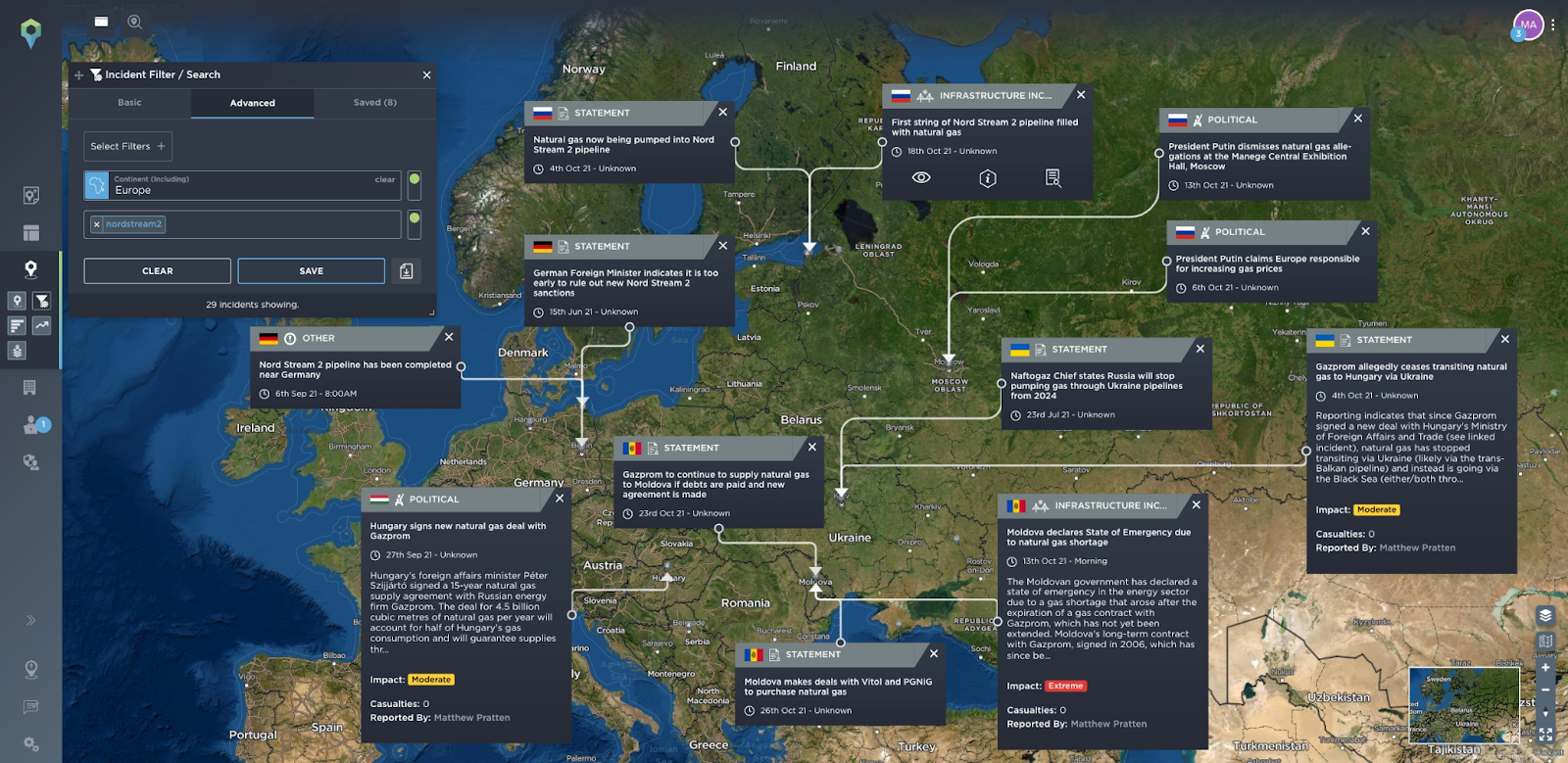
Figure 10 – Incidents relating to Nord Stream 2 and natural gas supplies as of 28th October 2021 (Source: Intelligence Fusion)
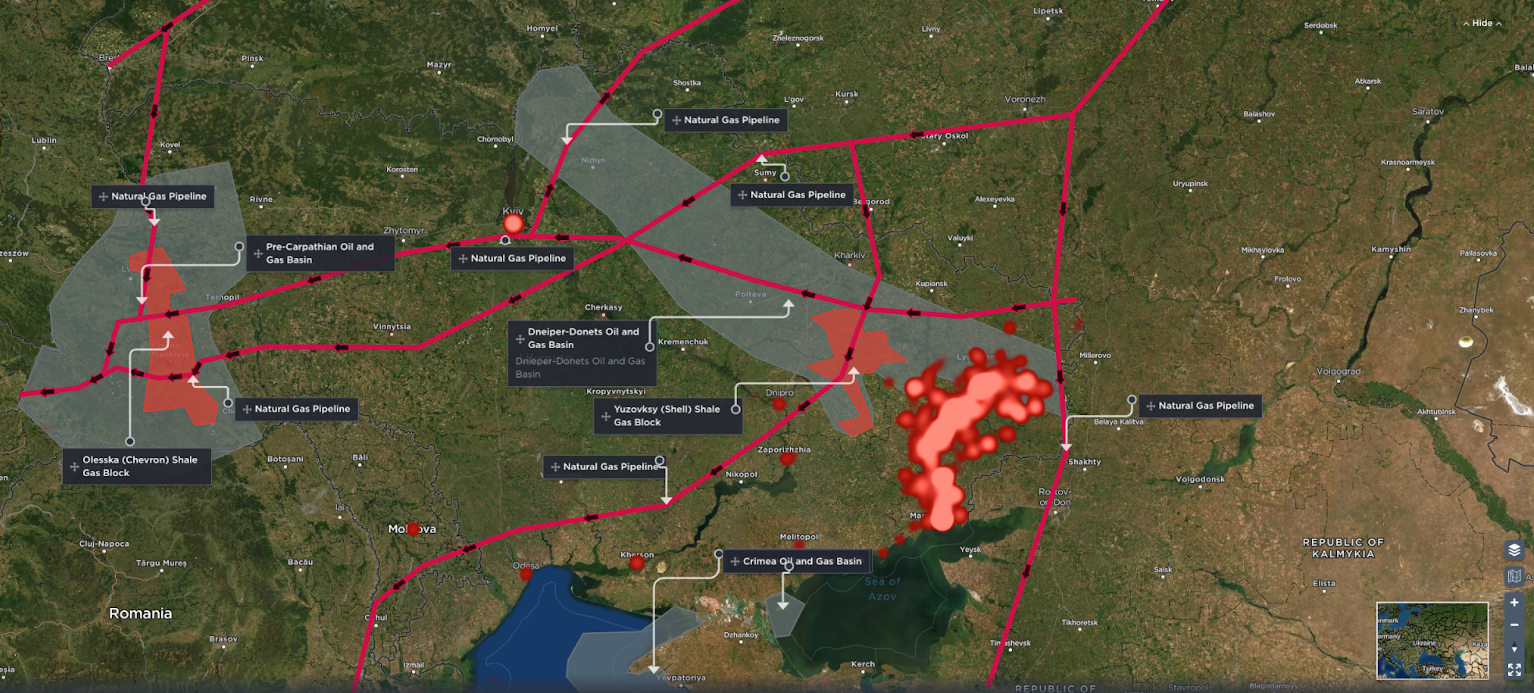
Figure 11 – Updated Donbass conflict hotspots, oil and gas resources and major gas transmission lines (Source: Intelligence Fusion, Outside the Beltway Blog and The Energy Consulting Group)
COMMENT. The above indicate that European countries do not have effective ways of countering Russia’s economic instruments at this point in time. Much of Western Europe faces ongoing activities by climate change groups which threaten domestic supplies and Eastern Europe currently faces a situation where Russia can threaten the gas supplies and transit fees it needs to function at a time of its choosing. Furthermore, the alternative pipelines via the Baltic and Black Seas make it easier for Russia to bolster its control of the Donbass region since damage or loss of pipelines can be mitigated by pipelines elsewhere. Furthermore, holding current positions in the Donbass region let alone expanding these positions denies vital oil and natural gas resources to Ukraine.
Unlike Russia’s Diplomatic, Information and Military instruments, European countries do not appear to have their own economic instruments which can counter Russia’s and that is without Nord Stream 2 becoming operational. While there are economic sanctions being applied to Russia in the wake of its invasion of Donbass and Crimea, the sanctions apply to oil exploration (without prior authorisation), Russian access to European capital markets and limit finance from the European Investment Bank as well as the European Bank for Reconstruction and Development. Available information on sanctions against Russia by Europe and the UK does not appear to feature sanctions against Russia supplies of natural gas.
With an operational Nord Stream 2 pipeline, such actions by Russia could occur in an even more favourable situation to them. Should Russia want more favourable conditions or treatment from Western Europe, it can cut supplies from the Baltic and Black Seas which force gas supplies to come via Eastern Europe, which will come with higher prices due to transit fees. Should Russia want the same from Eastern Europe, it can simply cut supplies via overland routes while still selling natural gas to Western Europe via the Baltic and Black Seas. With the Nord Stream 2 pipeline, Russia has an element of strategic depth for its Economic instruments of power; which could spill over into providing strategic depth for its Diplomatic, Information and Military instruments too. COMMENT ENDS.
Analysis/Assessment

Contrary to President Putin’s recent statements, it is highly likely the Nord Stream 2 pipeline will pose a threat to Europe should it be approved and become operational. The strategic depth Nord Stream 2 will provide to Russia’s natural gas exports is highly likely to increase the individual and collective capability of Russian DIME instruments; especially the Economic instruments.
With little means to counter Russia’s economic power at the moment, Russia will be able to leverage more favourable prices and transit fees when it comes to supplying natural gas. Should European countries disagree with conditions set by Russia, the natural gas supply can be simply reduced or even cut off which will impose significant, wide ranging losses to those on the receiving end while Russia continues to supply natural gas elsewhere through alternative pipelines. What is currently happening in Moldova could be carried out against other European countries should Nord Stream 2 become operational.
When it comes to its wider instruments of power, the effects Russia’s Economic instruments will likely spill over and strengthen its Diplomatic, Information and Military ones. With the ability to simply threaten reducing or cutting off natural gas supplies, it is likely that Russia would be able to continue its activities ongoing acts of espionage, propaganda/disinformation efforts and even increase the attacks against Ukrainian forces in the Donbass region. Overall, should the Nord Stream 2 pipeline be approved, Europe is highly likely to get more than just natural gas, but an increase in Russian influence on the continent as well.
Despite the above, Europe does have options available to counter Russia’s economic instruments. It is likely that European countries could develop and increase natural gas supplies elsewhere in Europe as well as the access it has in North Africa. However, such efforts are likely to anger climate change activists who currently make doing business in Europe’s oil and gas industry difficult enough with protests and direct actions. Such a course of action is possible but it is highly likely it will require taking actions to discourage climate change groups from targeting the industry and industries which support it.
Intelligence Fusion’s analysis is based on our extensive monitoring of global security trends and patterns, mapped onto our threat intelligence platform with a historical database of more than 600,000 incidents dating back to 2015.
If you’d like to learn more about our range of threat intelligence solutions, including the ability to create a bespoke platform tailored exactly to your needs – like the one we recently launched for one of the world’s largest oil and gas companies – speak to a member of our team today.

